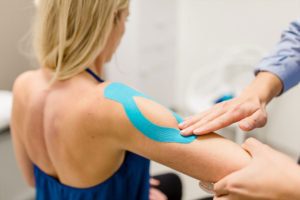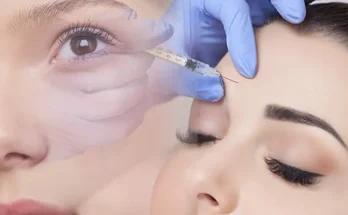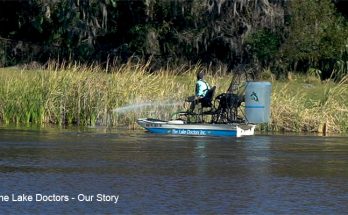 The shoulder and the elbow are exquisite examples of bioengineering. The shoulder lies between the trunk of the body and the arm and is made up of two bones: the shoulder blade, or scapula in the back and the collarbone in the front. The large bone of the arm, or the humerus fits into the scapula to form a ball and socket joint. Supported by seventeen muscles, this joint allows a great deal of freedom of movement of the arm. The slender clavicle does not have much cushioning between it and the skin and is unusually vulnerable to fractures.
The shoulder and the elbow are exquisite examples of bioengineering. The shoulder lies between the trunk of the body and the arm and is made up of two bones: the shoulder blade, or scapula in the back and the collarbone in the front. The large bone of the arm, or the humerus fits into the scapula to form a ball and socket joint. Supported by seventeen muscles, this joint allows a great deal of freedom of movement of the arm. The slender clavicle does not have much cushioning between it and the skin and is unusually vulnerable to fractures.
The elbow is the joint between the humerus of the upper arm and the radius and ulna of the forearm. Found only in primates, it lets the arm and the hand move both towards the body and away from it. Like the shoulder, the elbow has a variety of muscles to allow this function. When they work together, the shoulder and the elbow allow people to play sports, dig this or that hole, and carry objects. Besides fractures, the elbow and the shoulder are both subject to:
• Tendinitis
This is inflammation of the tendons, which are tough tissues that attach muscles to the bone. Tendinitis most often results from overuse or improper use. Examples of elbow tendonitis include lateral and medial epicondylitis. Rotator cuff injuries in the shoulder involve both the muscles and tendons in the shoulder. Tendons in the shoulder can be impinged, or trapped when a rotator cuff injury forces up the head of the humerus.
• Dislocation
Dislocations happen when the humerus pulls out of the socket in the shoulder. A type of dislocation called subluxation happens when the ligaments, which connect the ball to the socket are torn, and the detached humerus slips out of place. Only dislocated elbows are more common than dislocated shoulders.
• Arthritis
Because the elbow and shoulders involve joints, they are subject to osteoarthritis. This happens when the cushioning cartilage between the bones starts to deteriorate. Arthritis can be a function of time and age or be a complication of a fracture.
• Bursitis
The functioning of most joints in the body is eased by bursae, which are fluid filled sacs. When these sacs become inflamed, the movement of the joints is painful and difficult.
Treatments
There are many treatments for problems of the shoulder and the elbow. Some can be resolved after a period of rest or if the joint is immobilized. Doctors treat other problems with injections of corticosteroids or platelet rich plasma. Also called PRP, this technique uses platelets from the patient’s own blood to stimulate healing. As a last resort, surgery may be necessary to repair severe injuries. These surgeries can be open, or made with one large incision. They can also be arthroscopic. In this type of surgery, the doctor uses a tiny camera and miniaturized instruments inserted through small incisions to repair the injury.
The complexity of the shoulder and elbow joints make them vulnerable to injury. However, new technique can repair most of these injuries and allow the patient to regain nearly all function.




